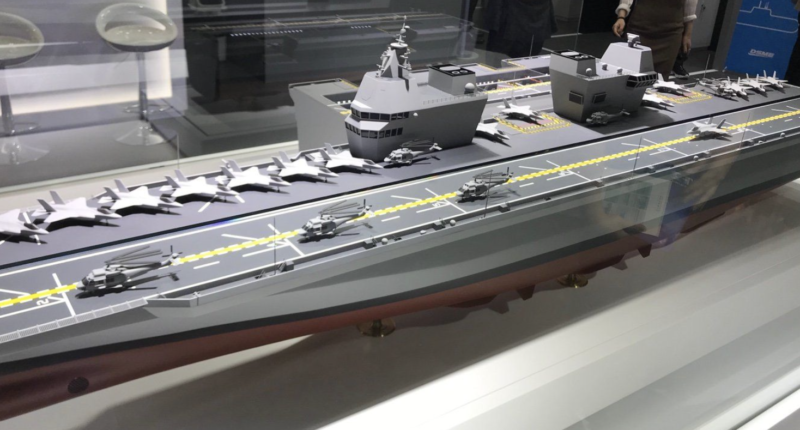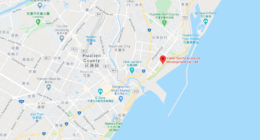The 2021 MADEX International Maritime Defense Industry Exhibition in Busan showcased South Korea’s latest naval defense technologies.
Much attention centered on the acquisition of the nation’s first dedicated aircraft carrier, stemming from the originally planned LPX-II amphibious assault vessel capable of carrying short take-off and vertical landing (STOVL) aircraft.
Domestic shipbuilders competing for the project include Hyundai Heavy Industries (HHI), Daewoo Shipbuilding & Marine Engineering (DSME), and the Republic of Korea Navy (ROKN) in partnership with Italy’s Fincantieri.
Each proposed vessel flaunts a 45,000-ton displacement – a marked increase from the 30,000-ton LPX-II. In addition, the HHI and DSME models display a ski-jump takeoff ramp and a twin island superstructure respectively.
There is also speculation that Seoul may consider a STOBAR configuration which includes a ski-jump takeoff ramp, an angled deck, and a landing arrestor to accommodate its non-STOVL indigenous KF-21 jets which were first introduced in April.
These developments come amid the escalating naval arms race in East Asia. China’s Liaoning and Shandong are expected to be joined by a third Type 003 carrier currently under construction and a prospective fourth nuclear-powered model. Similarly, Japan has plans to convert its 27,000-ton Izumo helicopter carrier into a light aircraft carrier.
On the 6th West Sea Defense Day in March, President Moon Jae-in affirmed his nation’s naval ambitions, stating that “An ‘Advanced Ocean-going Navy’ is the solid foundation of a maritime powerhouse toward which the Republic of Korea should move.”
As East Asian powers scramble to expand their naval might, it is clear that South Korea is not looking to be left behind.
Credits: MADEX 2021, Cheong Wa Dae, Thomas Newdick (The Warzone)










Comments are closed.